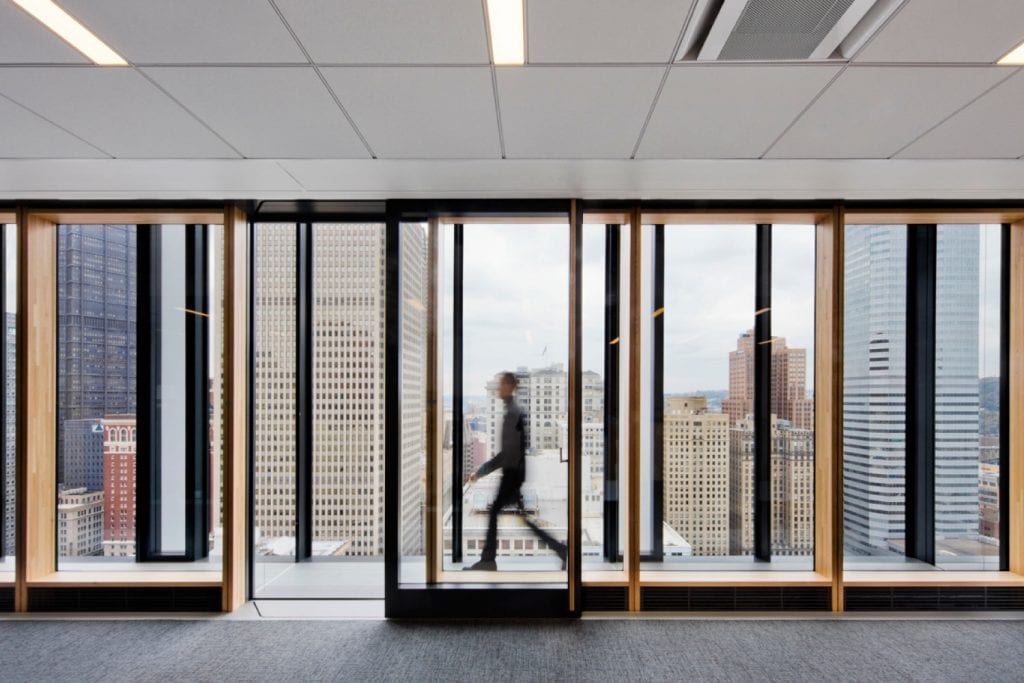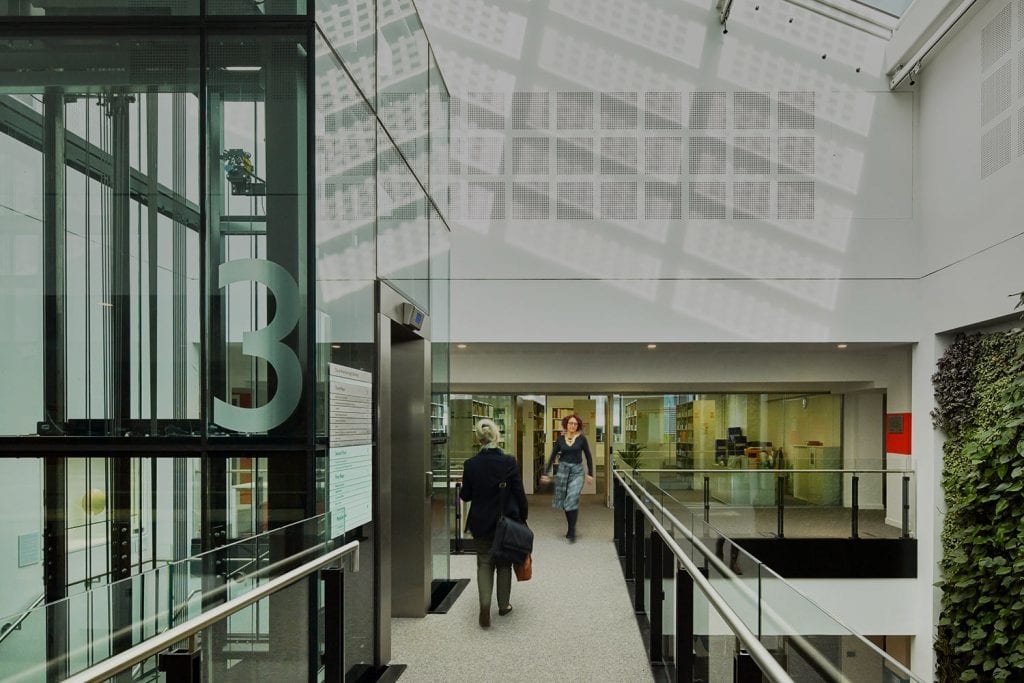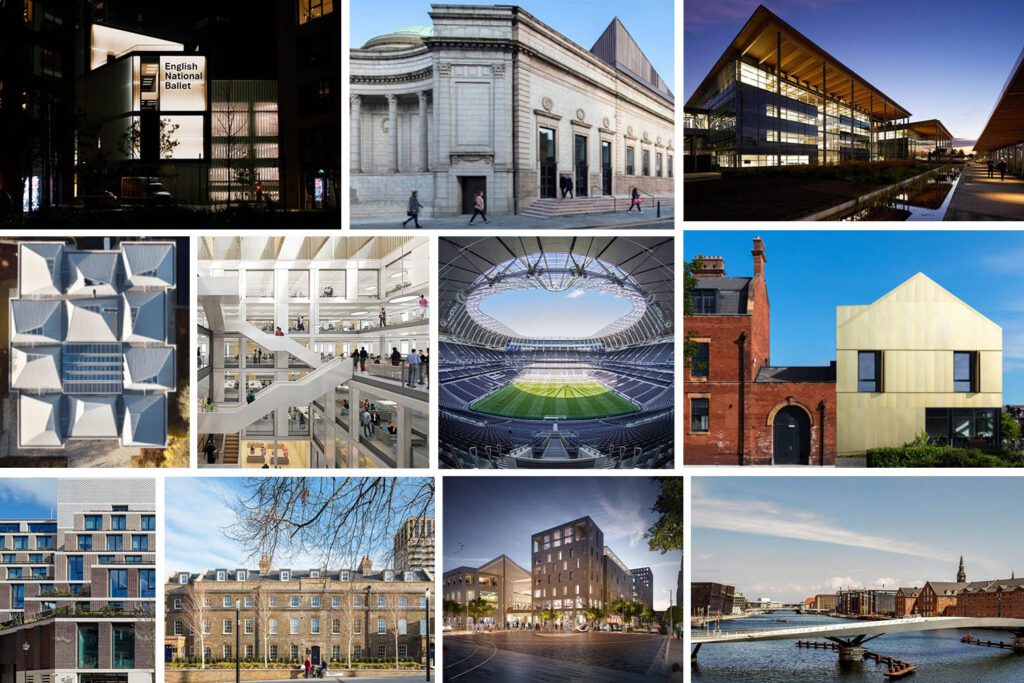Acoustics – five ways to make your homeworking environment more tranquil
Due to Covid-19 most of us have been working from home for the last two months. Although companies will slowly start re-introducing their workforce back into the offices, the reality is that most of us still have a few months left working from our own living spaces.
Some people will be lucky enough to have a small room / office in their own home representing an ideal setting where they can work without any interruptions and with total control of the ambient noise levels.
However, the truth is that for many of us our living room has turned into our office, gym, dining and relaxing area; and all of this can get even tougher for people who live in a shared flat.
Therefore, we have collated some tips that can make your home-office a more tranquil area to work from.

Choose where to set up your home-office desk
Try to work in locations screened from sources of noise (roads, trains, loud neighbours, etc). If you live in a noisy area, you might want to locate your desk far away from the window or at least not in the line of sight of the window. Alternatively, choose a quieter room as your home-office if possible.
Likewise, if you have a particularly loud neighbour who consistently interrupts your working day at a specific time (e.g. maybe your neighbour’s kids play the recorder every Tuesday at 11 am), you might find it beneficial to switch rooms during that period of time or doing tasks that will not be impacted by background noise (e.g. do not arrange calls during this time).
Close windows / block up holes & openings
An obvious way of reducing the ingress of external noise into your home is closing the windows, but what can we do when our windows are closed, and we can still hear the noise from outside?
Noise is like water, it will filter through any opening regardless of its size, so in order to stop the noise from leaking through, it is necessary to block up any holes or openings.
Inspect the seals on your windows as they might not be engaging properly, and any openings such as trickle ventilators, as these might be open.
If the trickle ventilators are closed and you can still hear the noise from outside as if your window was open, a quick and cheap fix is to pack the trickle vent with mineral wool insulation. It will absorb some of the noise leaking through. Remember to remove it when not required, as trickle ventilators provide valuable fresh air for breathing, as well as helping to balance humidity.
Use masking noise of some kind
If none of the above is possible or has not proven to be effective, including some background noise in your home-office could do the trick.
Although adding more noise to your background might seem counter-intuitive, broad-band “white noise” (similar to the sound of a detuned radio) will mask unwanted sounds, and your brain will quickly get used to it and ‘forget about it’.
This could be played through loudspeakers or in your headphones. You can find many examples of continuous white noise online, simply by searching on YouTube. Alternatives to playing white noise are playing nature sounds (waves crashing, rain, waterfall etc.), turning on a fan, defining a radio to static or using a water feature if you have one.
Use soft furnishings to control reverberation time
All of us have experienced at some point calling someone and having the feeling that this person is in a very reverberant (“echoey”) space. This reverberance might not be unpleasant for the user of this room, but it will be far from ideal for the person at the other end of the line who might struggle to clearly understand the message of their caller.
Including more soft-furniture should help decrease the reverberation time (RT) of the room (e.g. hanging blankets or towels from the wall or even covering large pieces of furniture) to make the space more video conference-friendly.
If space allows, set up your desk so that you are as distant as possible from any reflecting surfaces (walls, ceiling, etc). This should reduce the number of reflected sound rays getting into your microphone and confusing your caller.
Engineer a quieter environment for your neighbours
People feel more conscious of making noise when the overall environment is quieter; therefore, if we encourage a quiet and respectful environment where we do not disturb others, our neighbours are sub-consciously likely to do so in return.
For example, avoid playing loud music, TV or instruments (especially amplified instruments) at certain times when people are more likely to be working (8 am to 6 pm) or resting (before 8 am and after 9 pm). That includes gardens and balconies.
The same applies for white goods (washing machines, dryers, dishwashers, vacuum cleaners etc.) as they generate airborne noise and vibrations. If these white goods are not located in a separate room, use them at times in which they do not cause disturbance to our neighbours, and yourself.
If exercising at home and living in a flat, be conscious of the type of exercise you are doing as it can affect the flat directly below. If your preferred exercise involves jumping or dropping objects, do it on a carpet / rug or an exercise mat; or avoid it. Likewise, avoid dragging furniture.
If there are kids at home, it is normal that non-conventional activities will take place (e.g. playing with a ball in a flat, etc). Therefore, it is important to encourage games and activities that minimise noise disturbance to our neighbours.















